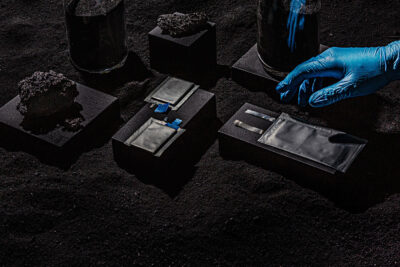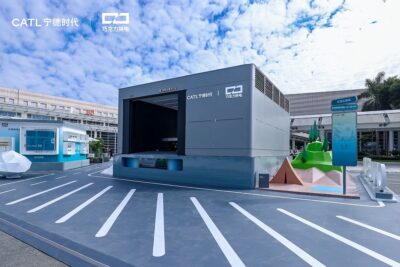German project looks into calcium-sulphur batteries
In Germany, a project called CaSino aims to determine the potential of calcium-sulphur batteries as an alternative to lithium-ion batteries. The project is funded by the German Federal Government with 3 million euros and was launched in September 2022.
The project has now set itself the goal of making significant progress in terms of cycle stability and energy density of calcium-sulphur (Ca-S) batteries through innovative material development. Five research institutions, two industrial companies and an industrial advisory board are involved in the three-year project coordinated by the Institute of Technical Thermodynamics of the German Aerospace Centre (DLR) in Stuttgart.
While DLR refers to the Ca-S battery as having a number of advantages, this cell chemistry also presents the researchers with challenges. If it is to become an alternative to lithium batteries, any battery chemistry must meet high requirements. Lithium combines a high current storage capacity and cell voltage with fast ion migration, which enables compact batteries and fast charging and discharging. According to DLR, lithium represents “in many respects the perfect element for an electrochemical cell”. The disadvantages, on the other hand, are also well known: The fire hazard in the event of a short circuit, limited lithium deposits that are not available on all continents with controversial mining and costly recycling processes.
Calcium, on the other hand, is 400 times more abundant than lithium, which makes it less expensive, and it is found in most regions of the world. Like lithium, calcium has a high storage capacity and cell voltage. Calcium chemistry is also safer in terms of short circuits, as does not form typical dendrites during operation (which is what makes lithium batteries potentially flammable).
That said, calcium as a battery material is still not without its own drawbacks. Calcium is very reactive and therefore tends to form surface layers, whether in contact with air or moisture or even with the electrolyte used in the battery. If the calcium surface is oxidised, it blocks the ion diffusion and thus prevents efficient charging and discharging.
This is exactly why the development of a compatible electrolyte takes on a key function in the CaSino project. The additional problem to overcome, according to DLR, is the use of a sulphur cathode, which generates soluble polysulphides that can also block the Ca anode. This is another effect that has to be prevented.
Alongside DLR, the KIT, the Research Institute for Precious Metals + Metal Chemistry (fem) in Schwäbisch Gmünd, the Natural and Medical Sciences Institute (NMI) and the Institute for Electrochemistry at the University of Ulm are involved as research institutions. The project’s industrial partners are IoLiTec Ionic Liquid Technologies GmbH, which is headquartered in Heilbronn and specialises in ionic liquids; along with EurA AG, which is a technology, innovation and sustainability consultancy firm operating throughout Europe.





0 Comments